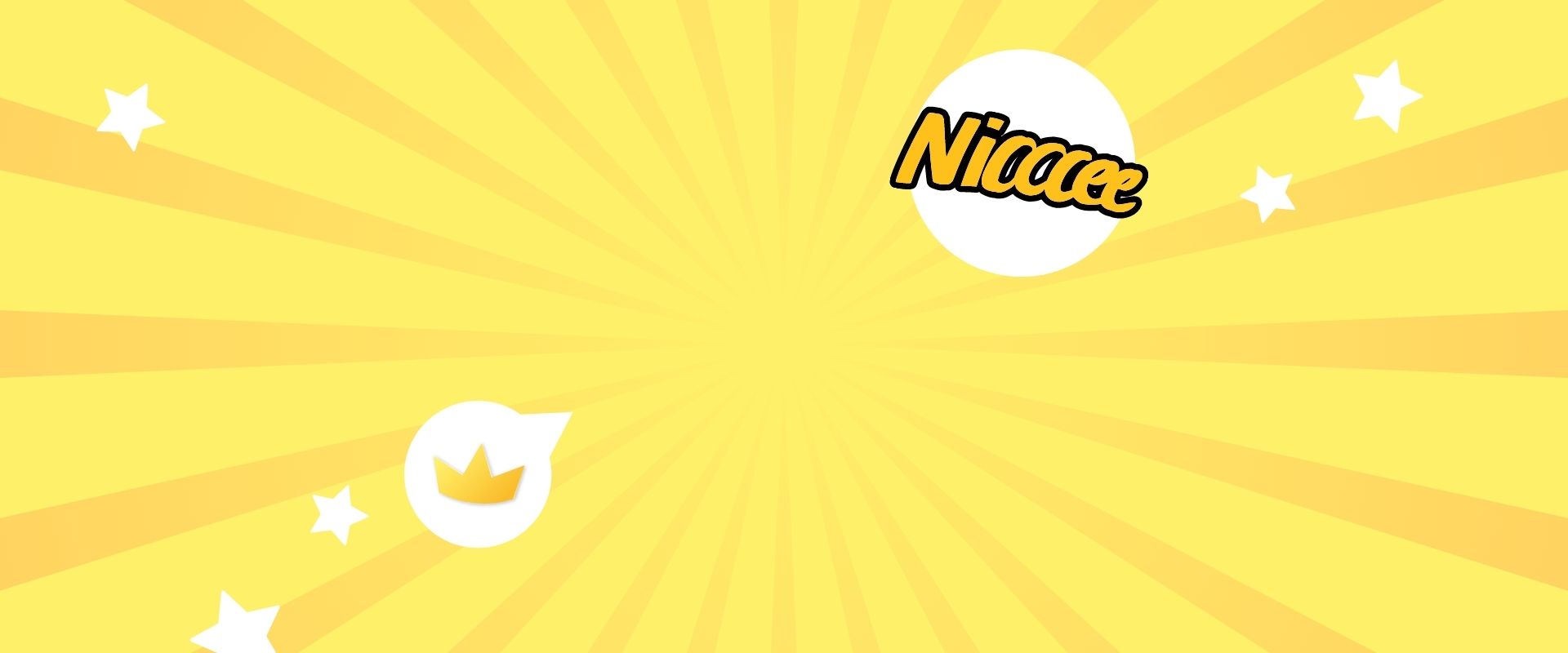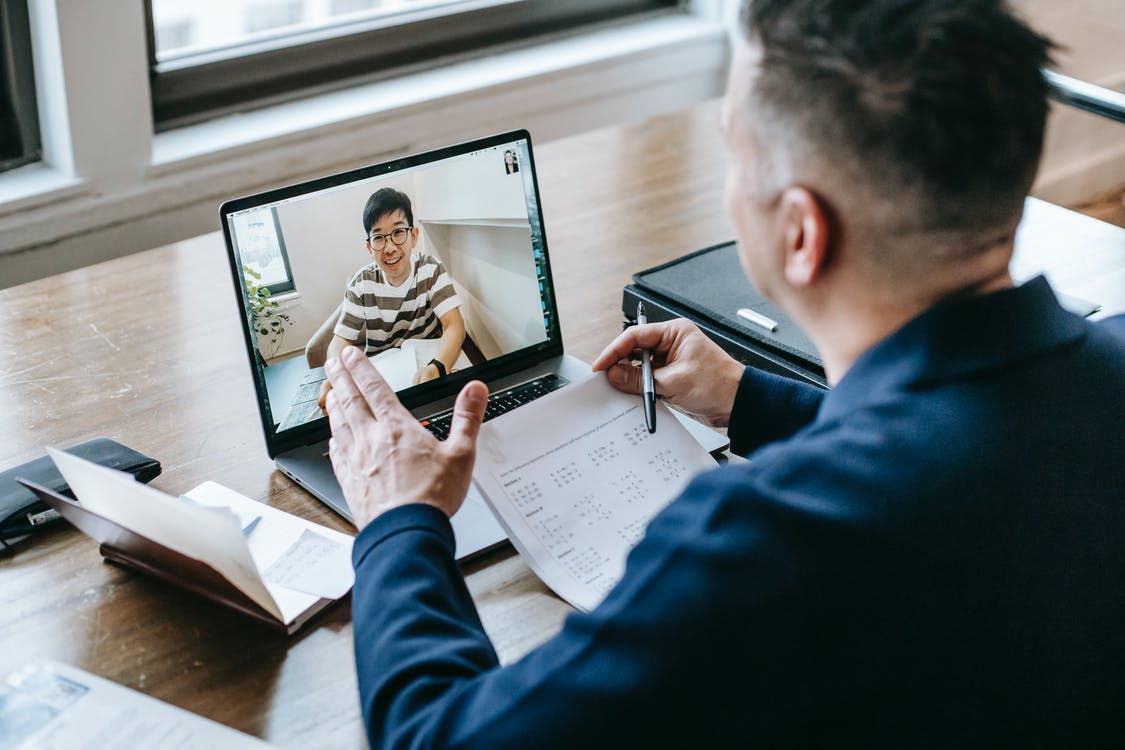YouTubeSubtitle CC
Get Many More Ideas

How to Make Educational Videos Accessible: A Comprehensive Guide for Educators
Learning how to make educational videos accessible is a great way for teachers to engage their students. The video accessibility of these educational resources will ensure that those with disabilities can enjoy the same experiences as everyone else.
From children born with autism, ADHD or dyslexia, to adults looking for continuing education credits or workers who need a skills refresher after certification - video content offers opportunities that many other mediums cannot.
Educational video content can play an important role in personal growth; they enable learners of all ages to learn about old and new topics from a variety of perspectives. However, these videos are often difficult to access by learners with disabilities or other barriers that prevent them from using them as a learning resource.
This blog post discusses how to make educational videos accessible so that people with disabilities can access educational content on the same level as their peers.
THE IMPORTANCE OF VIDEO IN EDUCATION
A video is worth a thousand words. And frankly, it does say more than any other medium, making it a great learning tool for parents and educators.
This is because the way information is shared in video content appeals to children and adults alike. It's a way to learn things and teach life lessons. Video can be used by educators to teach and educate others in a variety of ways, not just by watching it in and of itself.

HELPS THE DISABILITIES
For people with disabilities, video content can serve as an important platform not only for education but also for socialization. It provides the opportunity to learn from different perspectives, allowing them to see what is being taught, not just read it.
Educational video content allows learners to process information in whatever way best suits them (e.g., auditory or visual). Thus, through video accessibility, they have more choice in how they wish to learn and process the information, which allows them to engage and retain the information.
In addition, video accessibility gives learners the opportunity to turn what might be perceived as a barrier into an opportunity, especially when open-mindedness and creativity are allowed into learning (i.e., immersion). This can only help to advance education and make the movement for accessible education for all widely available.
Ensuring that videos are accessible allows those who are unable to participate in real-life activities or classes due to disabilities, geographic barriers, etc. (e.g., students/workers who are on vacation or on a business trip) to benefit from the content anyway.
Recorded videos also enable them to learn at their own pace so that they can catch up later when unforeseen circumstances require them to leave work or school temporarily. Therefore, learning how to make educational videos accessible can help provide equal opportunities for peers and classmates, no matter what level they are at.
DECREASE EDUCATION COST & EXPAND EDUCATED GROUP
Many institutions like colleges and universities use video in their educational programs because it piques students' interest in studying a particular topic or subject.
Online education is also on the rise. There is no doubt how popular videos and tutorials based on focused teaching objectives can help pave the way for accessible education, as well as create engaging and digestible learning videos on a global scale.
VIDEO ACCESSIBILITY IS ABOUT INCLUSION
Accessibility means providing opportunities for people with disabilities so that they do not feel excluded because of physical, economic (i.e., lack of resources) or attitudinal (i.e., discrimination) barriers. Using video as a tool for accessible education allows people to learn at their own pace, without being limited by any of these barriers.
It is no wonder that many agencies such as the U.S. Department of Education (ED) have implemented online accessibility policies through guidelines and websites such as the Web Content Accessibility Guidelines (WCAG). And, because the video is accessible, it's a way for them to reach a larger audience that can benefit from their resources.
TIPS ON HOW TO MAKE EDUCATIONAL VIDEOS ACCESSIBLE
#1 SUBTITLES
Adding video captions makes the video readable for everyone watching it. Captions convey what is being said in the video and make it easier for people to understand the message being conveyed.
It is important to use the best caption font for your video, with text that is large enough to scan and that appears on the screen long enough to give viewers time to read portions of the transcript.
Adding captions also help people who are learning how to read develop fundamental reading skills. Most educational videos already have subtitles or closed captioning included, but if there aren’t any, adding them yourself is very easy!
All you need is a subtitle generator that you can use for free or for a reasonable fee. Once that is done, you’ll learn how to make educational videos accessible to all who need them!
#2 AUDIO DESCRIPTION
Descriptive audio provides additional narration to video content so that people with visual impairments can understand what is being said. It can also help students who learn better through listening because it portrays in their minds how the narrator describes things.
Descriptive audio makes video content more engaging and exciting because they are no longer passive listeners, but active listeners.
Adding a descriptive narrator is as simple as hiring a narrator who will describe what is happening on the screen so that the viewer can better understand it. This may take up more time, but it will ensure that the video is accessible to everyone!
It is important to note that not all blind or visually impaired people use descriptive audio - if they do not, making educational video accessible to them requires making the video content available in other ways, such as using screen-reading software.
Examples of screen-reading software include JAWS, ZoomText, and WindowEyes, which read aloud or present information on the computer screen in different ways.
#3 CAPTIONS
Captions allow people with hearing impairments to read along with the video as they watch it. Subtitles convey the dialogue and other sounds in the video, making it easier for people to understand the content.
Creating educational content with captions is very easy. There are many tools and applications online that allow you to add captions to your videos, such as Autosubtitle Online.
This site offers affordable services to help spread accessible education by helping your learning videos reach their audience and make them easier to understand!
#4 TRANSLATION
The translation is the use of audio dubbing or text transcription to understand content in other languages. Adding a translator is easy - all you need to do is select a language that needs to be translated and then use a professional translation service to improve the accessibility of your video.
#5 LEARN HOW TO MAKE EDUCATIONAL VIDEOS ACCESSIBLE WITH AN ALTERNATIVE TEXT
Alternative text provides additional information when there is no voice in the video. Or when someone is narrating over an image or scene in the background, the alternative text helps supplement it.
It can also provide more detailed information about the image to get a sense of how things look, even if they can't see the picture. Adding alt-text is another easy way to make video accessible. This will help make educational accessibility of video formats easier as it will help to better understand the context of the video!
#6 PROVIDE ADDITIONAL INFORMATION TO SUPPLEMENT THE CONTENT IN THE VIDEO
Adding additional information is one of the best ways to ensure the accessibility of your videos. This is because it allows you to add links and more detailed information so that people can find out more about the things mentioned in the educational video.
It also provides a context when needed so that viewers have the necessary background knowledge before watching certain parts of the video. This is especially useful if the video covers something complex or covers several different topics.
This additional information is added through "annotations". This is done by creating new text based on the existing voiceover or adding it elsewhere on the screen.
There are several ways to make this information easily accessible. One way is to make sure the annotations are visible for a certain amount of time so that the viewer has enough time to look at them; another way is to create a text description for each annotation.
Adding annotations makes it easier for people to understand what is being said in the video and makes the annotations readable for people watching with closed captioning or subtitles.
#7 MAKE USE OF TRANSCRIPTS OR SIGN LANGUAGE INTERPRETATION
Adding a transcript or a sign language interpreter allows you to make sure your content is accessible to everyone. It makes it easier for people to understand what is being said in the video at any given time, or how someone is describing the image they are seeing!
While the transcript is displayed below the video, the sign language translation can be added as captions at the bottom of the video or as text that is synchronized with the sign language clip.
If done correctly, then anyone who can't hear the content can more easily understand your video by providing more information in the sign language clip!
If you don’t want to edit subtitles word by word, you can try an automatic subtitle generator. Here is a recommend.
LEARN MORE ABOUT Autosubtitle OnlineGet Started With Autosubtitle Online
Auto caption your YouTube videos, try Autosubtitle Online now .
TRY FOR FREE- Email: [email protected]
Copyright © 2021 Powered By YouTubesubtitle.cc | All rights reserved.
